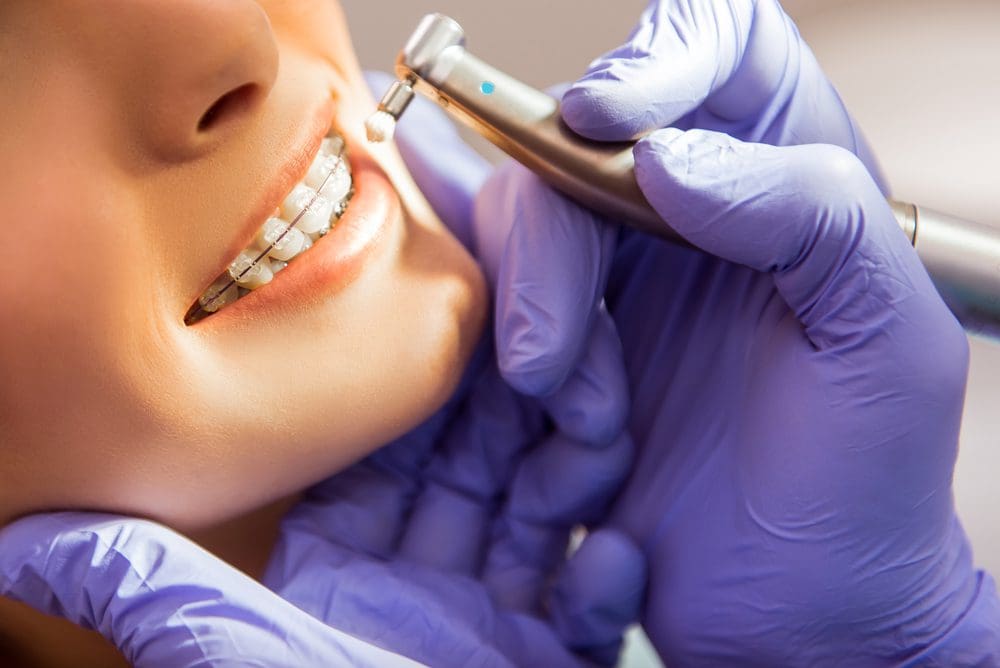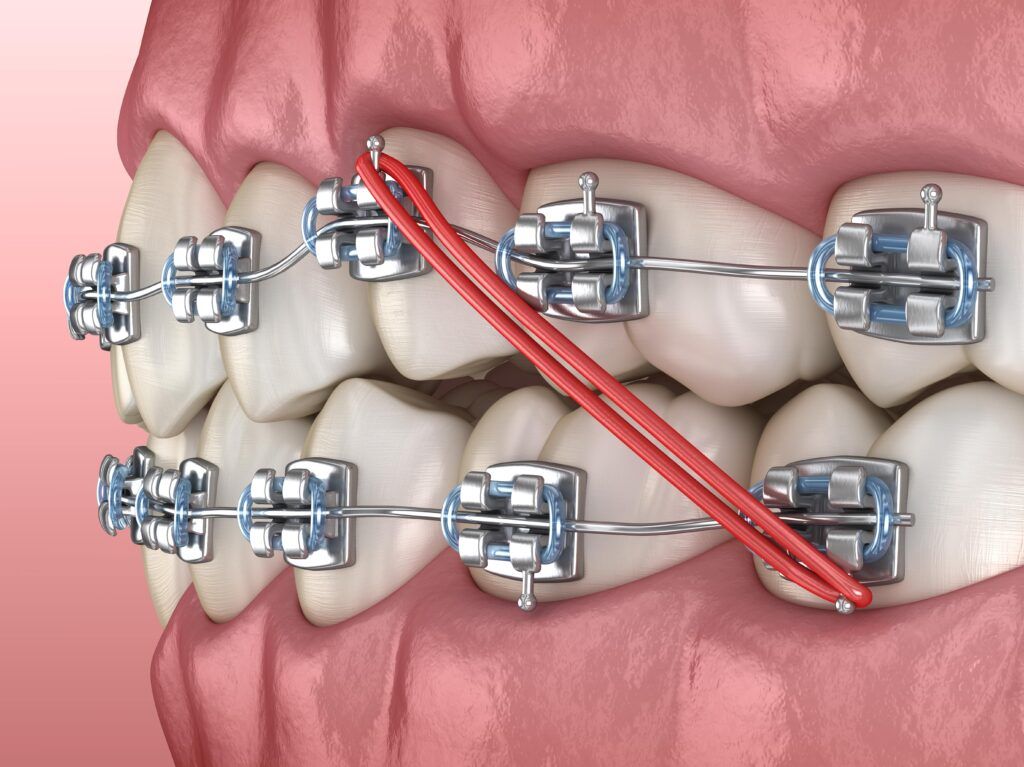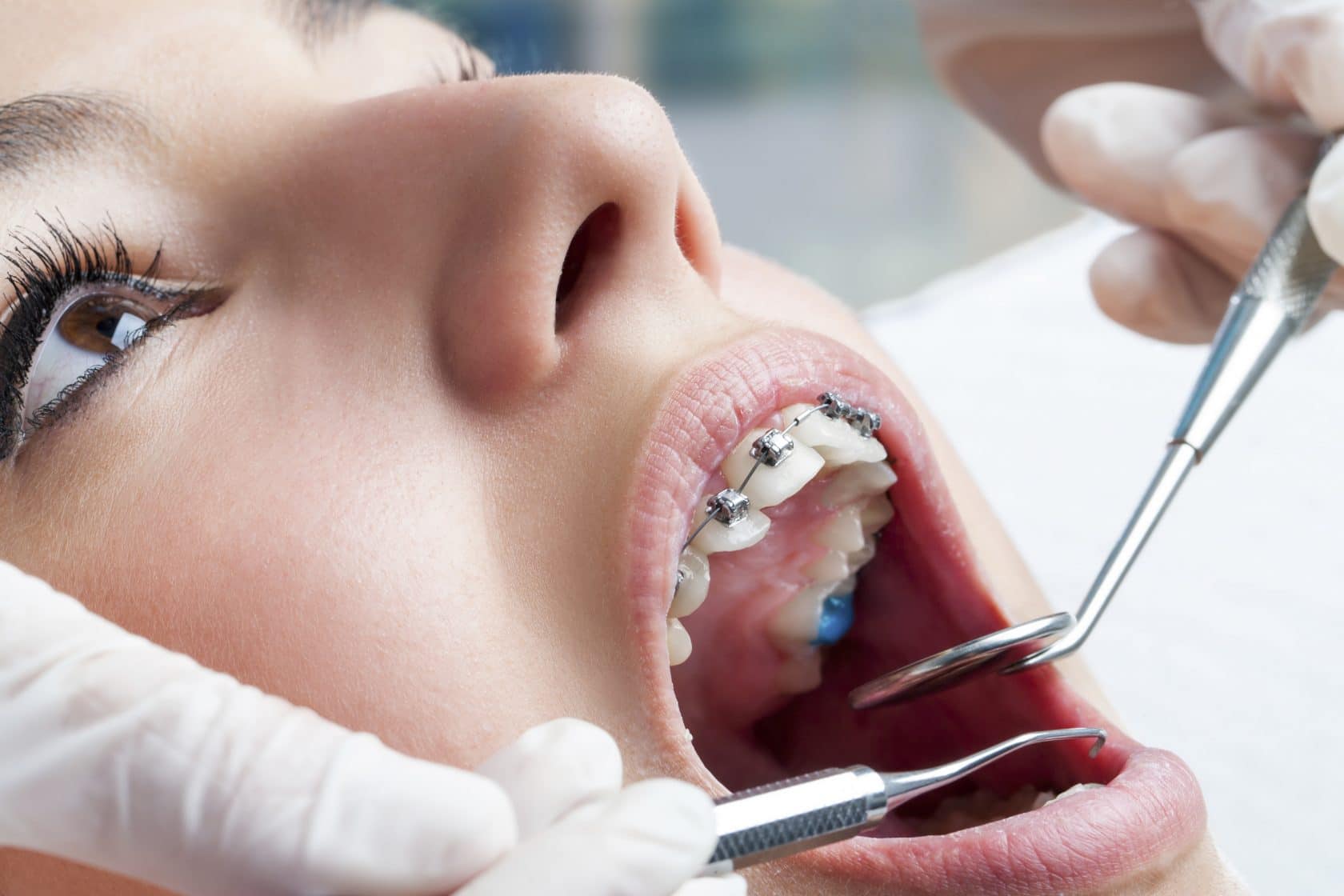Picking the very best Cumming Orthodontics for Effective Braces and Aligners Solutions
Picking the very best Cumming Orthodontics for Effective Braces and Aligners Solutions
Blog Article
Comprehensive Overview to Orthodontics Treatments for Remedying Dental Imbalances
Comprehending the details of each procedure, including their mechanisms, advantages, and prospective disadvantages, is vital in making notified choices concerning one's orthodontic treatment. As we browse through the extensive overview to orthodontic treatments for dealing with dental imbalances, the elaborate details of each technique will unfold, shedding light on the course toward a useful and harmonious dental alignment.
Orthodontic Procedures Summary

Along with clear aligners and traditional dental braces, orthodontists may likewise suggest other interventions like headwear, palatal expanders, or retainers to deal with certain positioning concerns (aligners). These procedures are tailored to every client's distinct requirements and might involve a mix of therapies to achieve the wanted results. Regular adjustments and surveillance are crucial parts of orthodontic therapy to make certain development gets on track and to make any necessary modifications along the way. By undergoing orthodontic procedures, individuals can not only attain a straighter smile yet also boost their general oral health and wellness and function.
Traditional Braces: Just How They Work
When considering orthodontic treatments for oral misalignments, typical braces stick out as a time-tested technique for remedying teeth placing. Typical dental braces include braces, cords, and bands that function together to use constant stress on the teeth, gradually moving them right into the wanted placement. The brackets are connected to the teeth using an unique adhesive, and the cords are threaded through the braces. By readjusting the tension of the wires, orthodontists can manage the instructions and pressure put on each tooth, guiding them right into appropriate positioning in time.
One trick element of exactly how typical dental braces work is the procedure of bone makeover. As pressure is used to the teeth via the braces, the bone bordering the teeth is reshaped to support the new tooth placements. This renovation is necessary for the lasting stability of the corrected positioning. Clients will certainly need regular adjustments at the orthodontist's office to guarantee the dental braces continue to use the appropriate pressure for reliable teeth movement.
Unseen Aligners: Advantages And Disadvantages
Invisible aligners supply a discreet and convenient alternative to typical dental braces for dealing with oral misalignments. These clear, tailor-made trays are practically unseen when used, making them an enticing option for people seeking an extra aesthetically pleasing orthodontic treatment. Among the primary advantages of unseen aligners is their removability, permitting easier maintenance of dental hygiene compared to conventional braces. Patients can eliminate the aligners before eating or cleaning their teeth, minimizing the threat of food getting stuck in the appliance and simplifying the cleansing process.

Surgical Orthodontic Options
Surgical treatments in orthodontics present feasible options for attending to complex oral misalignments that might not be successfully settled via conventional orthodontic treatments. While traditional braces and unseen aligners can remedy lots of orthodontic concerns, particular instances need medical intervention to attain optimal results. Surgical orthodontic choices are typically recommended for serious malocclusions, substantial jaw disparities, and situations where the underlying bone framework requires alteration to accomplish proper alignment.
One usual surgical orthodontic procedure is orthognathic surgery, which involves rearranging the jaws to remedy functional concerns such as difficulty eating or speaking. This surgical procedure is usually executed in collaboration with an orthodontist who aids align the teeth prior to and after the procedure. Surgical orthodontics may likewise entail procedures to subject affected teeth, get rid of excess gum cells, or reshape the jawbone to produce an extra harmonious facial account.
Prior to thinking about medical orthodontic choices, clients undergo a detailed evaluation to figure out the need and possible benefits of such interventions. cumming braces. While surgery might seem difficult, it can significantly improve both the function and looks of the smile in cases where conventional orthodontic therapies drop short
Retainers and Post-Treatment Care

Failing to abide with post-treatment treatment instructions can result in relapse, where the teeth slowly move back towards their initial placements. Constant retainer wear, great free dental dental health, and normal oral examinations are crucial for keeping the results achieved with orthodontic surgical procedure and making sure the long-lasting stability of the corrected dental placement.
Final Thought
In final thought, orthodontic treatments use different choices for correcting oral misalignments. Surgical orthodontic options are offered for a lot more serious misalignments. In general, orthodontic treatments can successfully improve dental wellness and aesthetic appearance.
As we navigate with the detailed overview to orthodontic procedures for fixing dental misalignments, the intricate details of each technique will unravel, dropping light on the path toward a useful and harmonious oral placement. - braces
One of the most usual orthodontic therapies is the use of dental braces, which are composed of metal braces and cords that use mild stress to slowly change teeth right into the desired setting.When considering orthodontic therapies for dental misalignments, typical dental braces additional hints stand out as a time-tested technique for correcting teeth positioning. Furthermore, unseen aligners might not be appropriate for complicated orthodontic concerns that call for more significant teeth movement, as they are commonly recommended for moderate to moderate instances. Retainers are tailor-made orthodontic tools developed to hold teeth in their fixed placements after the completion of orthodontic therapy.
Report this page